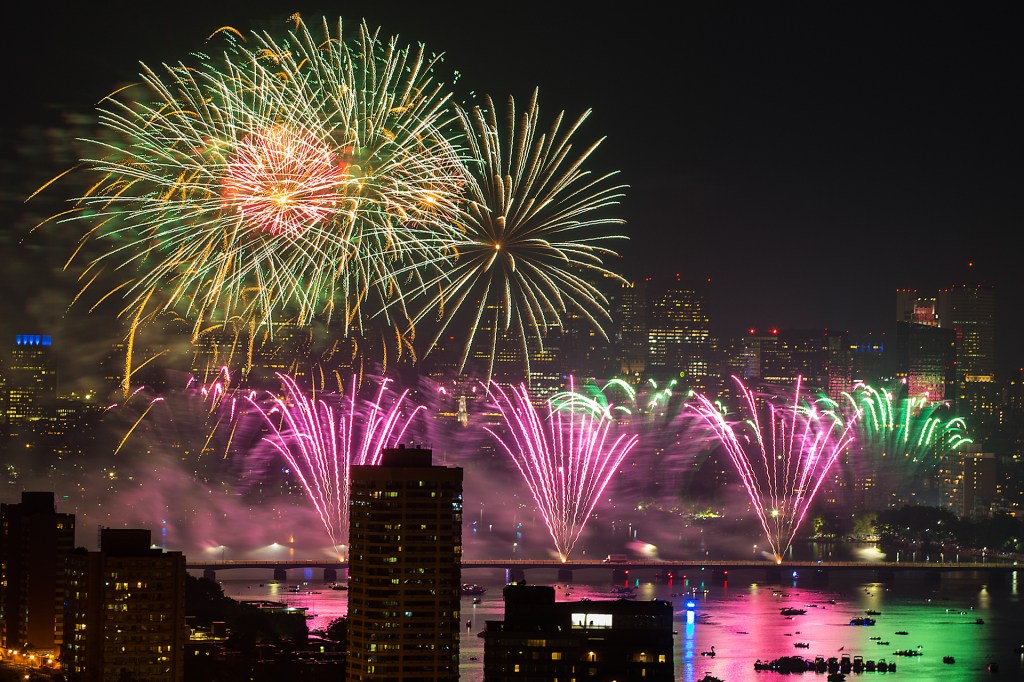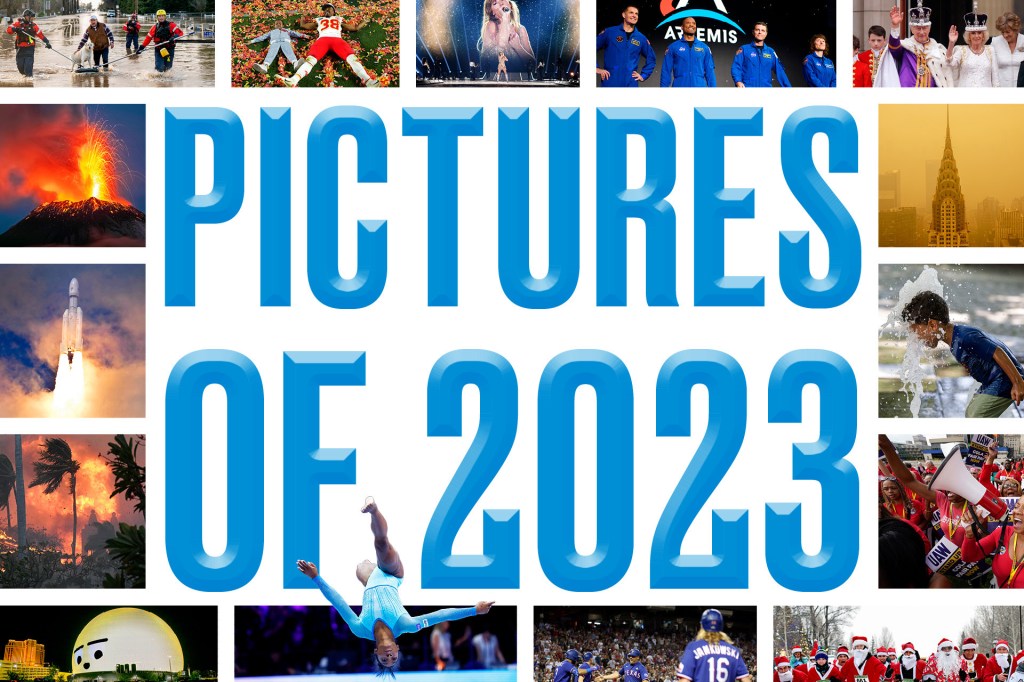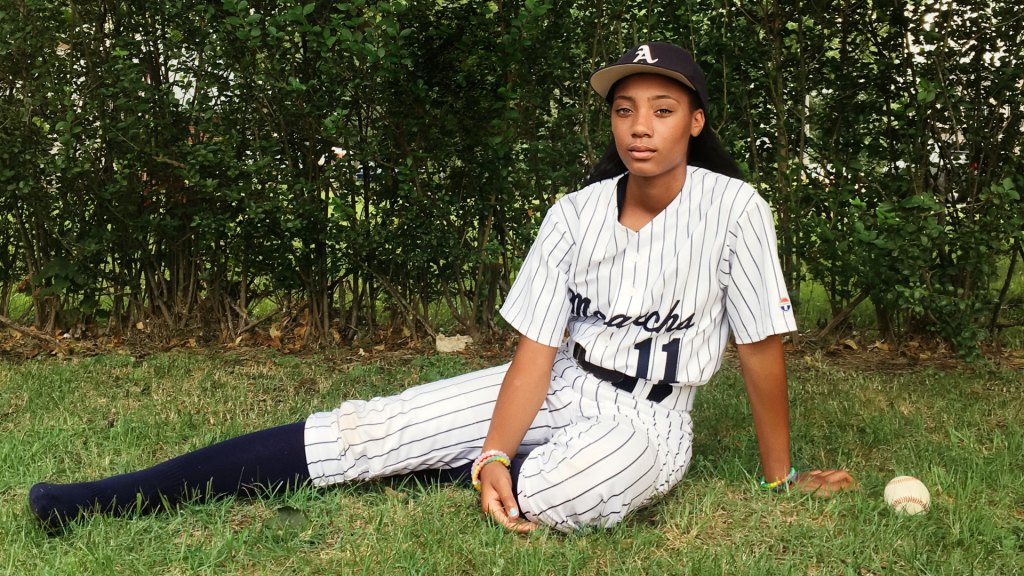
Women are breaking barriers barriers a law, rule, or problem that makes it difficult or impossible to do something (noun) Sally Ride overcame many barriers to become the first American woman to travel to space. and changing the world. March is Women’s History Month. To celebrate, meet four incredible females, each the first to do something big. They spoke to TIME about their accomplishments.
Mo’ne Davis
The Athlete
Mo’ne Davis was the first girl to pitch a shutout
shutout
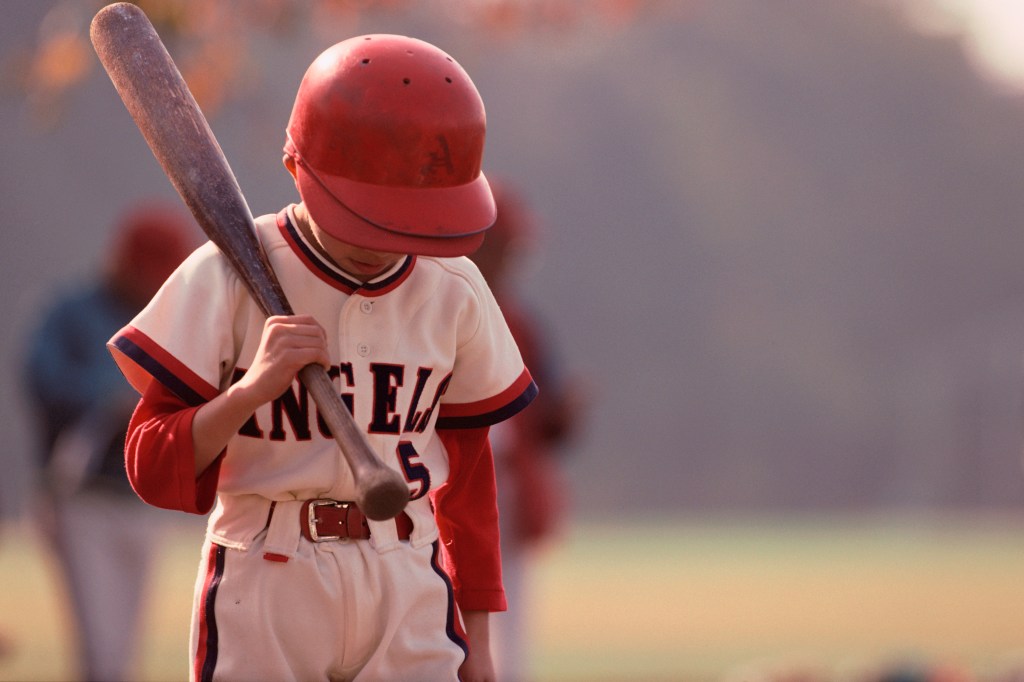 MASAKATSU YAMAZAKI/ GETTY IMAGES
a game where one side doesn't score any points
(noun)
My basketball team lost the game in a 9-0 shutout.
and win a game in baseball’s Little League World Series. She told TIME: “When I first started, a lot of people didn’t think I was good. So when I struck guys out, it just changed how people went into the game. When you throw a fastball and know that you can control it, or you throw a first strike and they swing and miss—or can’t swing at all—it’s a good feeling. It’s like taking a bite of a really good slice of pizza.”
MASAKATSU YAMAZAKI/ GETTY IMAGES
a game where one side doesn't score any points
(noun)
My basketball team lost the game in a 9-0 shutout.
and win a game in baseball’s Little League World Series. She told TIME: “When I first started, a lot of people didn’t think I was good. So when I struck guys out, it just changed how people went into the game. When you throw a fastball and know that you can control it, or you throw a first strike and they swing and miss—or can’t swing at all—it’s a good feeling. It’s like taking a bite of a really good slice of pizza.”
Hillary Clinton
The Politician
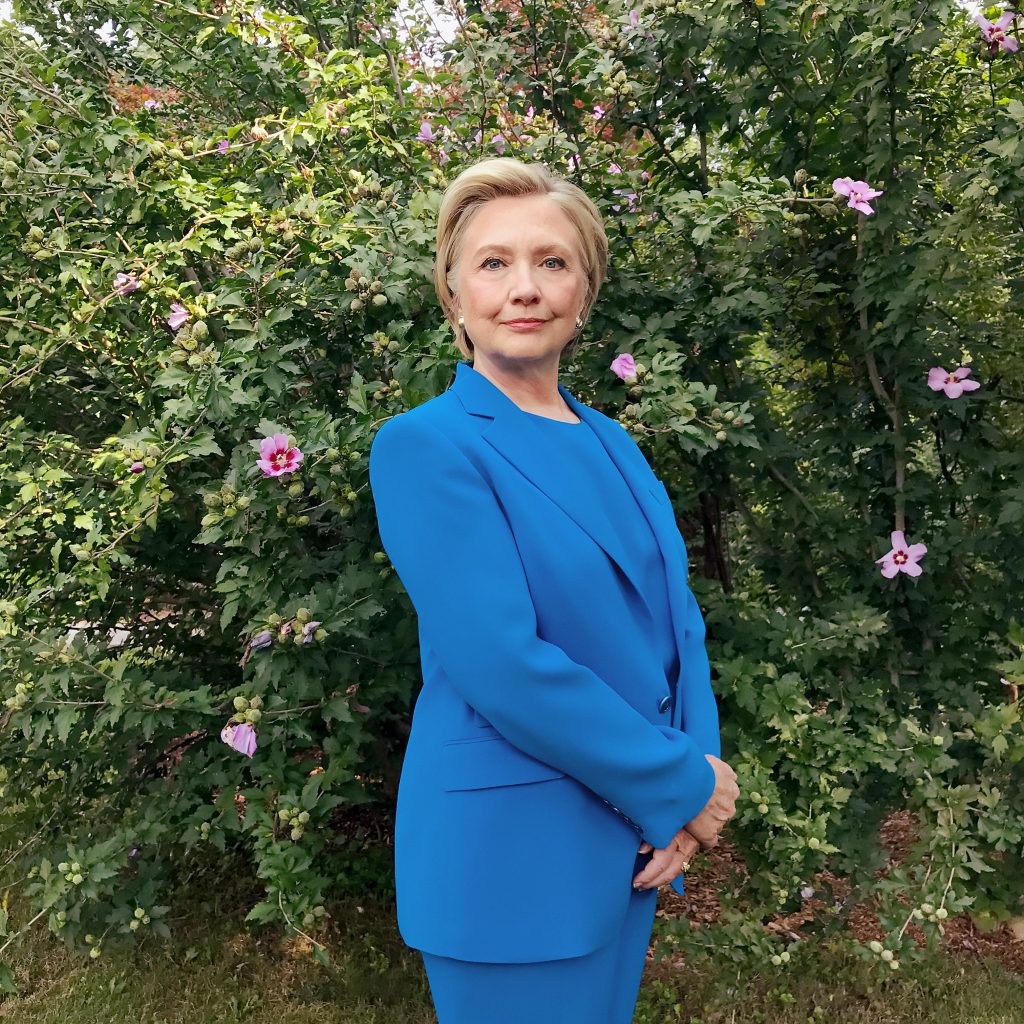
Hillary Clinton was the first woman to win a major party’s nomination
nomination
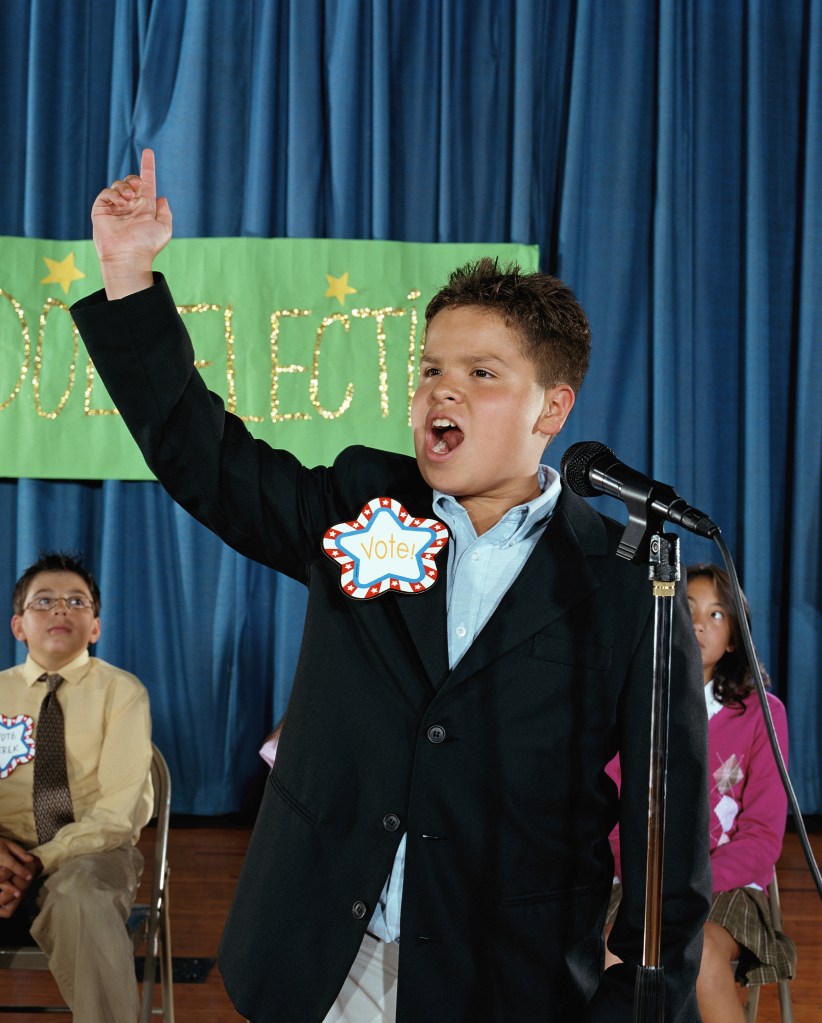 DIRK ANSCHUTZ/GETTY IMAGES
formally choosing someone to be a candidate for an office, position, or honor
(noun)
Rafael won the 6th-grade nomination for student body president, and now he has to give a speech in front of the entire school.
for U.S. president. She was the nation’s First Lady from 1993 to 2001, when her husband, Bill Clinton, was president. From 2001 to 2009, she served as a senator from New York. She was secretary of state in President Barack Obama’s Cabinet from 2009 to 2013. Though she lost the presidential election in 2016, she did not lose hope for the bright future of females. She told TIME: “Being the first of any adventure or achievement does have added pressure. You want to be the first to open the door to others, and you hope you’re not the last . . . I don’t want anyone to be discouraged by my defeat or say they shouldn’t try or support others who will try. We can’t give up trying. The fight was worth it.”
DIRK ANSCHUTZ/GETTY IMAGES
formally choosing someone to be a candidate for an office, position, or honor
(noun)
Rafael won the 6th-grade nomination for student body president, and now he has to give a speech in front of the entire school.
for U.S. president. She was the nation’s First Lady from 1993 to 2001, when her husband, Bill Clinton, was president. From 2001 to 2009, she served as a senator from New York. She was secretary of state in President Barack Obama’s Cabinet from 2009 to 2013. Though she lost the presidential election in 2016, she did not lose hope for the bright future of females. She told TIME: “Being the first of any adventure or achievement does have added pressure. You want to be the first to open the door to others, and you hope you’re not the last . . . I don’t want anyone to be discouraged by my defeat or say they shouldn’t try or support others who will try. We can’t give up trying. The fight was worth it.”
Mae Jemison
The Astronaut
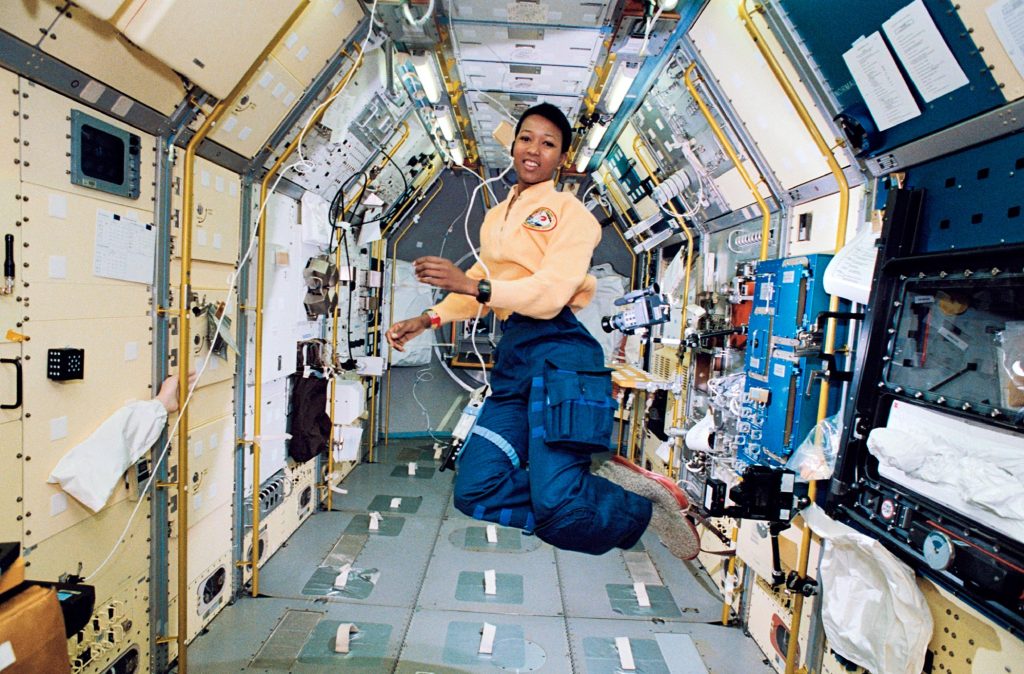
Mae Jemison was the first African-American woman to travel in space. She was born in Decatur, Alabama, in 1956, and went on to work as a physician and a NASA astronaut. She made history in 1992, when she spent eight days orbiting Earth in the space shuttle Endeavor. She told TIME: “Being first gives you a responsibility. You have a public platform, and you must choose how to use it. I use mine to help folks become more comfortable with the idea that science is integral to our world. I vowed that I would talk about my work and ask other women about theirs—the nitty-gritty details. These conversations are critical.”
Sylvia Earle
The Scientist
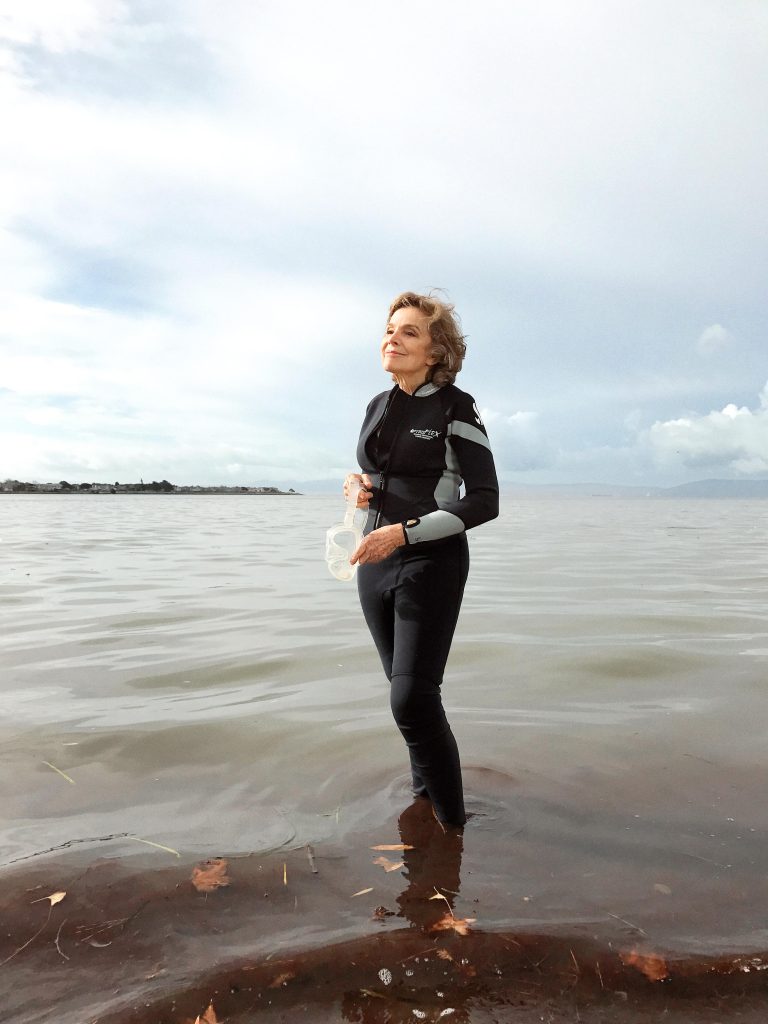
Sylvia Earle has made it her mission to protect the world’s oceans. She was born in 1935, in Gibbstown, New Jersey. She has been interested in the ocean since she was small. Earle led the first all-women team of aquanauts
aquanaut
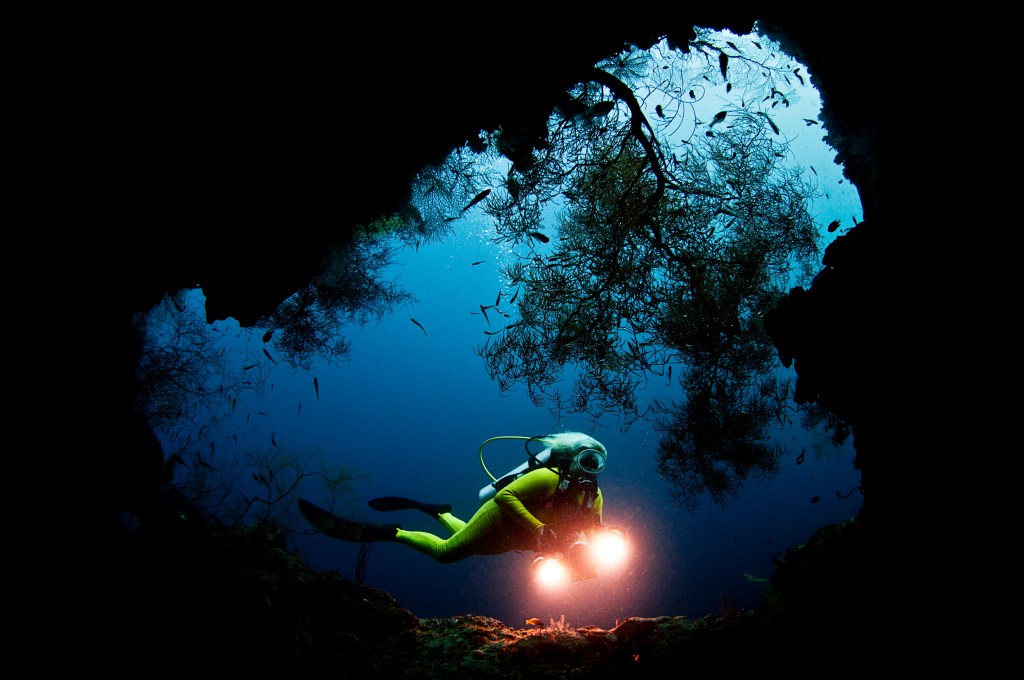 GIORDANO CIPRIANI/GETTY IMAGES
an explorer who spends a long time living in an underwater dwelling
(noun)
The team of aquanauts spent six months living on the ocean floor.
. They spent two weeks living underwater to learn more about the oceans. She is also the first woman to have been appointed chief scientist of the U.S. National Oceanic and Atmospheric Administration. She told TIME: “I was a scientist at Harvard when I noticed a paper on the bulletin board asking if anyone would be interested in living underwater as a scientist for two weeks in the U.S. Virgin Islands. It was clear that no one expected women to apply. But some of us did. They allowed us to have a women’s team, and I was the leader.”
GIORDANO CIPRIANI/GETTY IMAGES
an explorer who spends a long time living in an underwater dwelling
(noun)
The team of aquanauts spent six months living on the ocean floor.
. They spent two weeks living underwater to learn more about the oceans. She is also the first woman to have been appointed chief scientist of the U.S. National Oceanic and Atmospheric Administration. She told TIME: “I was a scientist at Harvard when I noticed a paper on the bulletin board asking if anyone would be interested in living underwater as a scientist for two weeks in the U.S. Virgin Islands. It was clear that no one expected women to apply. But some of us did. They allowed us to have a women’s team, and I was the leader.”
Assessment: Click here for a printable quiz. Teacher subscribers can find the answer key in this week's Teacher's Guide.





